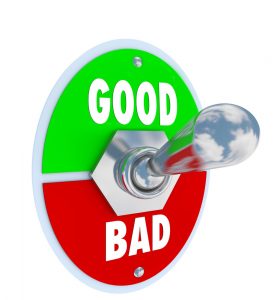 Crisis management is a large aspect of Public Relations, whereby a PR practitioner must utilise their skills to change the reputation of a business. This usually happens after a business/ product/ person has undergone an incident which has hit social media. This is also known as minimising the damage.
Crisis management is a large aspect of Public Relations, whereby a PR practitioner must utilise their skills to change the reputation of a business. This usually happens after a business/ product/ person has undergone an incident which has hit social media. This is also known as minimising the damage.
Unfortunately, many businesses have had to deal with some form of negative online PR. The use of hashtags and sharing on social media has made the spread of information increase rapidly. All it takes is for one large news organisation to display the negative PR on their online channels, being Facebook, Instagram, Twitter etc. for a business to instantly decease.
A recent case of this happening is the Nanna’s frozen berries hepatitis scare which has sparked controversy over several online media outlets. The 2nd recall post from Nanna’s Facebook page on the 15th of February 2015, had attracted 340 likes, 5,705 shares and 1,424 comments. This is in stark contrast to the first post on the 13th of February 2015, which only had 86 likes, 360 shares and 278 comments. This clearly shows the effects of time and how important it is for PR practitioners to act quickly with their response.
 Now to address the phrase “Any publicity is good publicity”. This unfortunately does not apply to products that have undergone a health scare scandal like Nanna’s. Nanna’s was a well known brand in the frozen berries market and this news of Hepatitis has actually now allowed itself to be remembered by consumers when they go to choose which frozen berry pack they would like to buy. This incident has actually in fact allowed Nanna’s competitors to steal consumers with no effort made at all to attract them.
Now to address the phrase “Any publicity is good publicity”. This unfortunately does not apply to products that have undergone a health scare scandal like Nanna’s. Nanna’s was a well known brand in the frozen berries market and this news of Hepatitis has actually now allowed itself to be remembered by consumers when they go to choose which frozen berry pack they would like to buy. This incident has actually in fact allowed Nanna’s competitors to steal consumers with no effort made at all to attract them.
When undergoing a PR meltdown here are some key tips to abide by during a PR crisis:
1. Savvy PR practitioners must be quick in salvaging the situation so that it does not blow up even further and become the centre of a media storm.
2. It’s highly regarded that Google alerts is set up so that any media activity that mentions the business is monitored.
3. It is important for the practitioner to counteract the drama with positive PR. This can be done by highlighting the charitable work the business is involved with or even by showcasing a recent achievement.
4. It is highly recommended that the business provides a written statement explaining their side of the story. Make sure all information printed is credible and empathetic so the public can be understanding.
Guest appearance/blog post by Monica Rafoo
Image Links:




